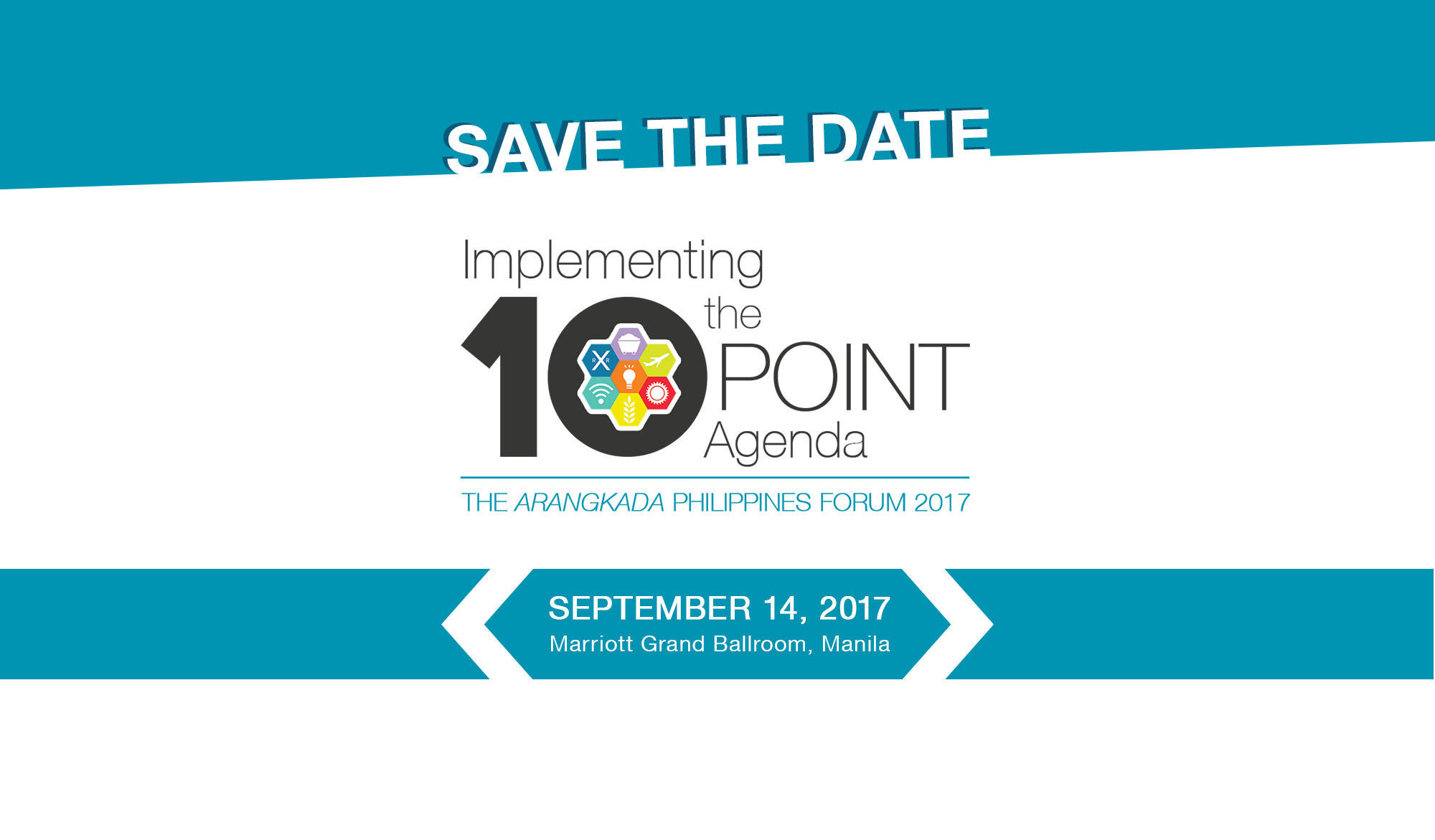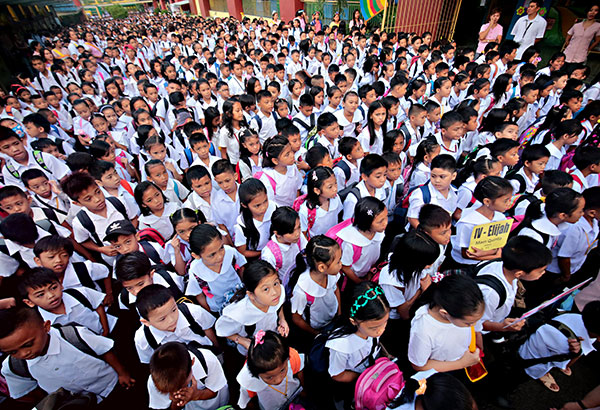The Duterte administration wants to adopt a more aggressive stance when it comes to reducing the country’s Regular Foreign Investment Negative List (RFINL), according to the National Economic and Development Authority (Neda).
On the sidelines of Arangkada Pilipinas Forum 2017, Socioeconomic Planning Secretary Ernesto M. Pernia said he wants to allow 100-percent foreign ownership in certain sectors.
While he declined to name these sectors, Pernia has already made known his position on the need to liberalize sectors, such as public utilities, the media and the practice of professions, such as teaching.
“[We want more] aggressive liberalization…. They have shown me a draft, and I find it too puny in terms of the changes, you know. I want a more aggressive [list] and we have to be on a par with the other Asean countries,” Pernia said.
“There are many things in there; they are not increasing it by 40-percent to 60-percent equity. [But] I said bring it up to 100 percent for certain areas,” he added.
Pernia said this was the reason the revised version of the RFINL was not discussed in the Neda Board meeting on Tuesday evening.
However, he assured that the revised version will be presented in the next Neda Board meeting. Pernia also said this will ensure that the President will be able to issue an executive order (EO) on the matter.
Neda Undersecretary Rosemarie Edillon told the BusinessMirror on Thursday that the new EO only has to do with the administration’s agenda for reform.
The EO will be released to instruct agencies to liberalize sectors that they regulate. This means that the EO will mandate agencies to actively seek amendments to existing laws that further the liberalization of industries and professions.
“Actually, the EO is an agenda for reform. It provides the marching orders for the concerned agencies to work toward the easing of foreign-equity restrictions of certain sectors,” Edillon said via SMS.
Earlier, Pernia said once the Neda Board approves the new list, the President can already issue the needed EOs to allow more foreigners and foreign investments to practice their profession and do business in the country.
These include allowing foreign professors to teach in various universities in the Philippines. Currently, private and public universities cannot hire foreign faculty members.
This becomes a problem, especially in the case of Filipino-American professors, who, based on their credentials, are qualified to teach in the Philippines. But before they can teach here, they have to renounce their American citizenship.
“The reason our universities are not highly rated—its only UP [University of the Philippines] that’s rated—is we don’t allow foreign professors to teach and be paid, get an item that is already standard in other countries,” Pernia said.
The Neda is tasked to review and revise the country’s RFINL, which contains restrictions on foreign investments and the practice of professions based on the constitution and Philippine laws.
The RFINL contains investment areas/activities where foreign-equity participation is limited by mandate of the Constitution and specific laws. It also consists of investment areas/activities where foreign- equity participation is limited for reasons of defense, security, risk to public health and morals, and protection of small- and medium-sized domestic market enterprises.
The amendment of the list is headed by the Neda Secretariat, as provided for under Section 8 of Republic Act 7042, or the Foreign Investments Act of 1991, which states that amendments may be made upon the recommendation of the secretary of national defense or the secretary of health, or the secretary of education, endorsed by the Neda, approved by the President, and promulgated by a Presidential Proclamation.
Source: https://businessmirror.com.ph/pernia-rejects-draft-rfinl-for-being-too-puny/



